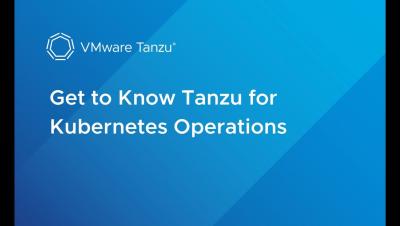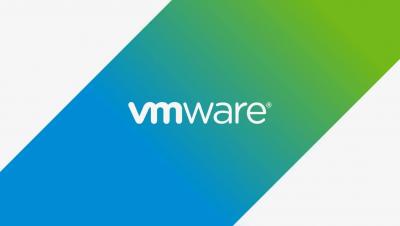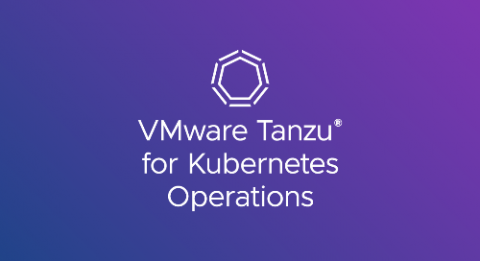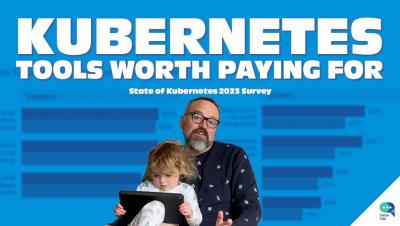Escape the Legacy Trap: 5 Keys to Successful Application Modernization
Michael Coté and Marc Zottner co-wrote this article. Legacy software can slow—or even stop—business growth. As organizations hit a legacy wall, they face an unfortunate reality: When IT systems are too old and unchangeable, it’s impossible to transform the way their core business works. In fact, 76 percent of executives say that legacy software is holding them back, according to a Forrester report commissioned by VMware. What does that mean for today’s businesses?











